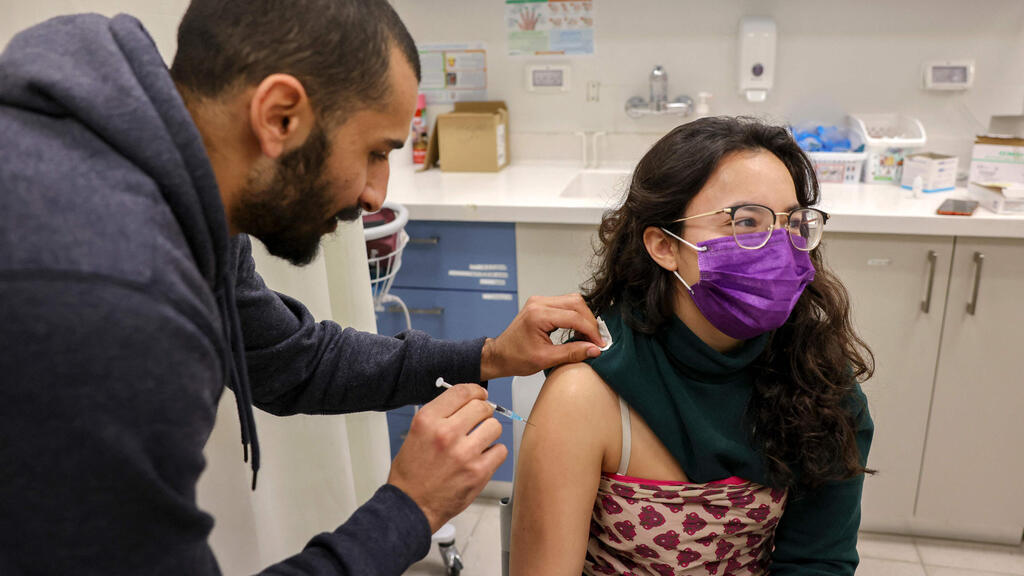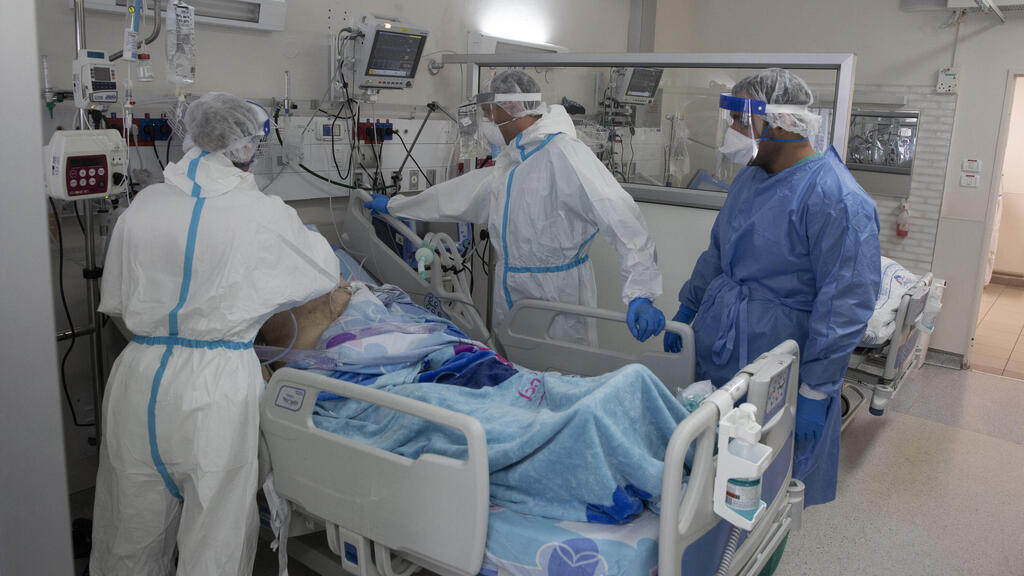Getting your Trinity Audio player ready...
Director-General of the Health Ministry Prof. Nachman said Sunday that the country's surge in Omicron infections could see Israel reaching herd immunity.
Until late December, Israel managed to stave off Omicron to some degree but with infection rates now gaining pace, daily cases are expected to reach record highs in the coming three weeks - which could result in herd immunity according to Ash.
"The cost will be a great many infections. The numbers will have to be very high in order to reach herd immunity," said Ash.
"This is possible but we don't want to reach it by means of infections, we want it to happen as a result of many people vaccinating."
Around 60% of Israel's 9.4 million population are fully vaccinated - almost all with Pfizer /BioNTech'S vaccine - according to the Health Ministry, which means they have either received three doses or have had their second dose recently.
But hundreds of thousands of those eligible for a third inoculation have so far not taken it.
Around 1.3 million coronavirus cases have been documented in Israel since the start of the pandemic.
But between two to four million people may well be infected by the end of January when the Omicron wave could subside, according to Eran Segal, data scientist at the Weizmann Institute of Science and an adviser to the government.
Head of the health ministry's coronavirus taskforce, Salman Zarka, said herd immunity was far from guaranteed.
"We have to be very cautious with this particularly in light of our experience over the past two years in which we saw people who have recovered (from coronavirus) be re-infected," Zarka told Ynet.
Over the past ten days, daily infections have more than quadrupled. Severe cases have also climbed but at a far lower rate, rising from about 80 to around 100.
The number of deaths, however, have not risen in kind, bringing hope the new variant is less lethal.
Watching severe morbidity closely, Ash is considering allowing a fourth vaccine dose for people over 60, following its approval last week for immune-compromised and elderly people in care homes.





